US stocks fell and oil prices climbed, as concerns about rising commodity prices and uncertain progress in cease-fire talks between Russia and Ukraine weighed on investors.
A selloff accelerated on Wednesday afternoon after major indexes spent much of the day narrowly in the red. That left stocks on track to lose ground in the 2022’s first quarter, but poised to finish March with solid gains after a rally in recent weeks.
As the month wraps up, investors are still contending with war in Ukraine, surging inflation and a Federal Reserve that has begun raising interest rates for the first time since 2018. Yet traders have continued to pile into US equities, with the S&P 500 up about 5% for the month.
The S&P fell 0.6% on Wednesday, while the tech-focused Nasdaq Composite Index lost 1.2%. The Dow Jones Industrial Average was recently down 0.2%. A day earlier, major US stock indexes had jumped, extending the S&P 500’s winning streak to four sessions.
Strategists and investors say the recent rebound is fragile—especially as hopes for a speedy end to the war remain dim.
“It just seems like markets are still trying to digest the rally they’ve seen since Russia invaded Ukraine,” said Jake Manoukian, the US head of investment strategy for JP Morgan Private Bank.
Big swings in everything from oil prices to Treasury bonds have sometimes weighed on sentiment this month. On Wednesday, rising oil prices helped pull stocks lower. Brent crude, the international benchmark for oil prices, rose about 2.7% to $110.64 a barrel. In Europe, natural-gas prices, which are often volatile, jumped after Germany indicated it was bracing for a possible reduction of Russian gas supplies.
Oil and gas were already growing more expensive even before Russian tanks crossed the Ukrainian border last month, as the recovery from the Covid-19 pandemic fueled higher demand. Now, some investors worry that higher fuel costs and energy-market volatility are straining budgets for consumers and businesses, dimming the outlook for economic growth.
“Sharp movements in oil prices can really drive up the cost at the pump and take away our ability to spend on other items,” said Luke Tilley, the economist chief at Wilmington Trust Investment Advisors.
Investors were also digesting increasing skepticism over peace talks in Eastern Europe on Wednesday. Kremlin spokesman Dmitry Peskov said that talks with Ukrainian negotiators in Istanbul had not moved the two countries closer to an agreement that would end Russia’s invasion.
“I think those hopes have faded away,” said Susannah Streeter, senior investment and markets analyst at Hargreaves Lansdown.
Energy stocks—some of the market’s best performers so far this year—traded higher, with Valero Energy and Phillips 66 each adding at least 3.9%. The S&P 500’s energy sector was recently up 1.1%.
Meanwhile, shares of Lululemon Athletica climbed about 9.6% after posting higher revenue and profit for the fourth quarter. Robinhood fell 8.5%, giving up some of its large Tuesday gains after the brokerage app said it was extending the hours users could trade.
Several of the companies favored by retail traders dropped too. Bed Bath & Beyond was down 16%. Movie-theater channel AMC Entertainment and GameStop,
a videogame retailer, also declined.
In the bond market, traders kept a careful watch on the difference between short- and long-term interest rates. When they converge, it is often taken as a sign of pessimism about economic growth. On Tuesday, these rates briefly inverted, with yields on two-year US Treasurys surpassing those on the 10-year benchmark note for the first time since 2019. Some investors consider that pattern, known as an inverted yield curve, a signal of coming recession .
An inversion of the US Treasury yield curve has been seen as a recession warning sign for decades, and it looks like it is about to light up again. WSJ’s Dion Rabouin explains why an inverted yield curve can be so reliable in predicting recession and why market watchers are talking about it now. Illustration: Ryan Trefes
On Wednesday, the yield on the 10-year Treasury note traded higher than the yield on the two-year note again. The 10-year recently traded around 2.357%, down from 2.399% Tuesday, according to Tradeweb. The two-year yield traded around 2.326%, down from 2.349% Tuesday. Yields fall when prices rise.
“The yield curve is telling you the bond market thinks the Fed tightening that’s priced in is enough to cause a growth slowdown,” Mr. Manoukian said.
Bond yields have risen this year as markets brace for a widely predicted series of interest-rate increases by the Fed. Strong hiring and high inflation have set the stage for the central bank to wind down some of its pandemic-era support for the economy. On Wednesday, data from ADP showed the private sector adding 455,000 jobs in March, slightly ahead of economists’ forecasts as reflected in a Wall Street Journal poll.
Money managers say the risk of recession is greater in Europe than in the US, in part because of the continent’s relative reliance on Russian exports. Russia supplies around 40% of the European Union’s natural gas.
A European recession is “within our baseline scenario,” said Seema Shah, chief strategist at Principal Global Investors. In addition to the continent’s dependence on Russia for gas and other goods, Europe is also contending with significant inflation, she said. On Wednesday, fresh data showed that consumer prices in Germany for March rose 7.3% year-over-year.
Traders worked on the floor of the New York Stock Exchange on Tuesday.
Photo:
Courtney Crow/Associated Press
In Europe, the pan-continental Stoxx Europe 600 fell 0.4%, snapping a three-session winning streak. Germany’s DAX index fell 1.5%.
In currency markets, the euro climbed 0.3% to trade around $1.11. The ICE US Dollar index, which tracks the currency against a basket of others, fell 0.4%. The Japanese yen rebounded from its recent slide, climbing 0.8% against the dollar after the Bank of Japan boosted its bond-buying operations.
In Hong Kong, the Hang Seng added 1.4%, while in mainland China, the Shanghai Composite Index rose 2%. Japan’s Nikkei 225, in contrast, fell 0.8%.
Write to Caitlin McCabe at caitlin.mccabe@wsj.com and Matt Grossman at matt.grossman@wsj.com
Copyright ©2022 Dow Jones & Company, Inc. All Rights Reserved. 87990cbe856818d5eddac44c7b1cdeb8
.
















































































































































































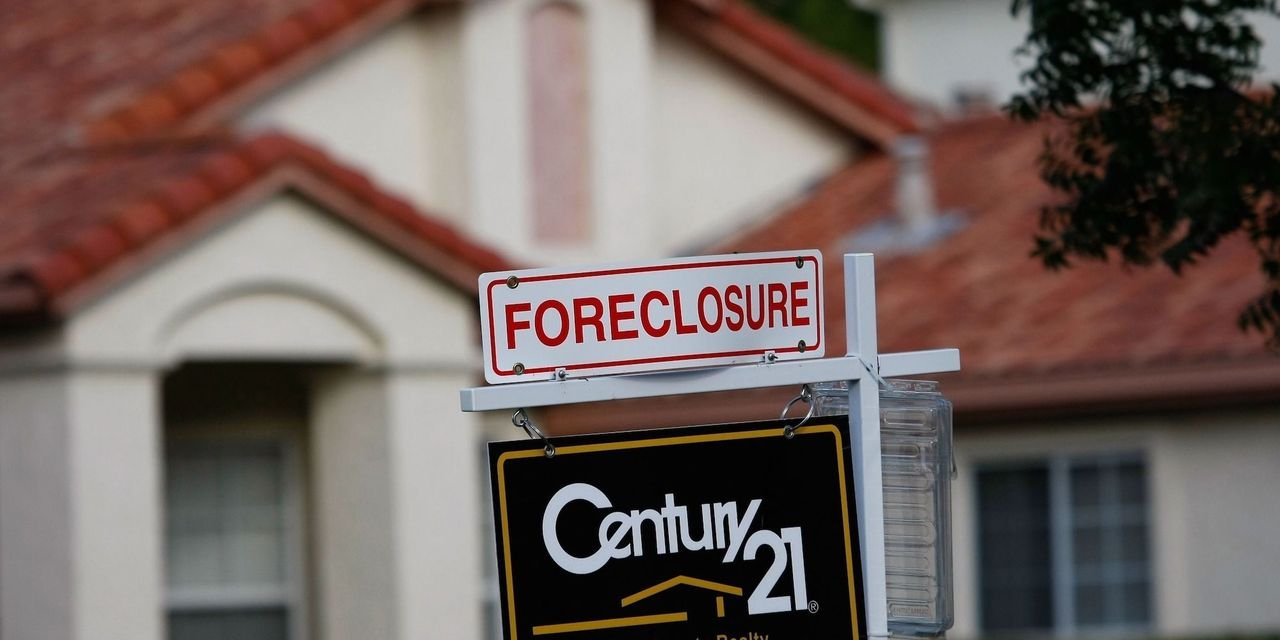









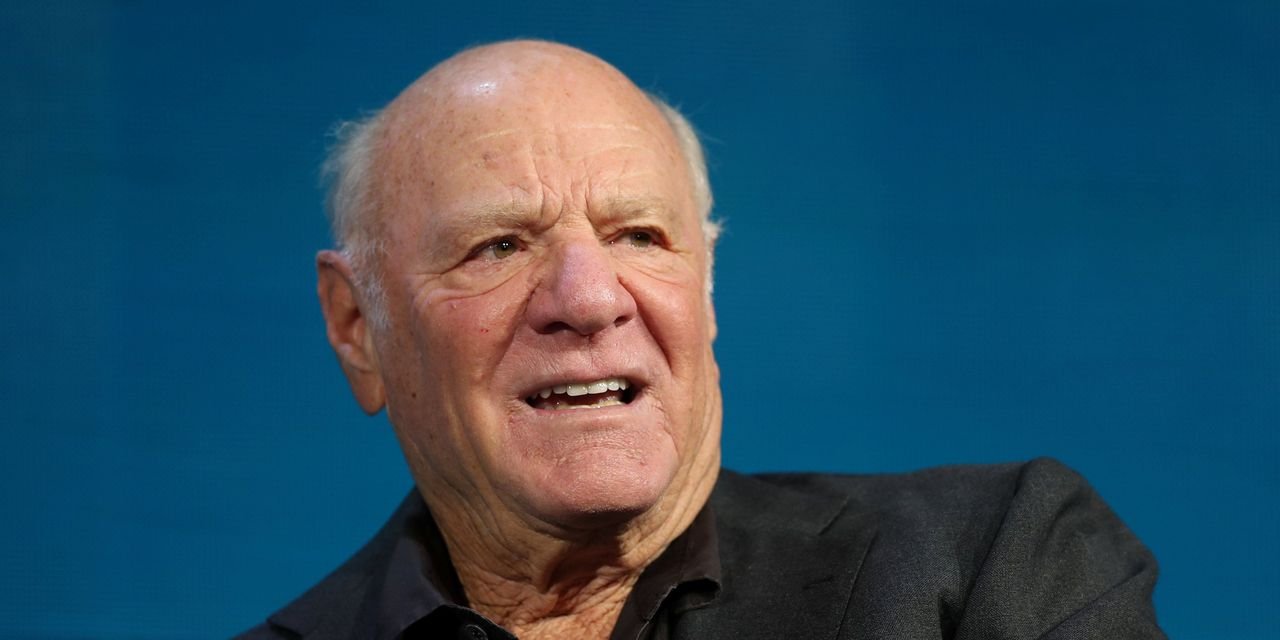

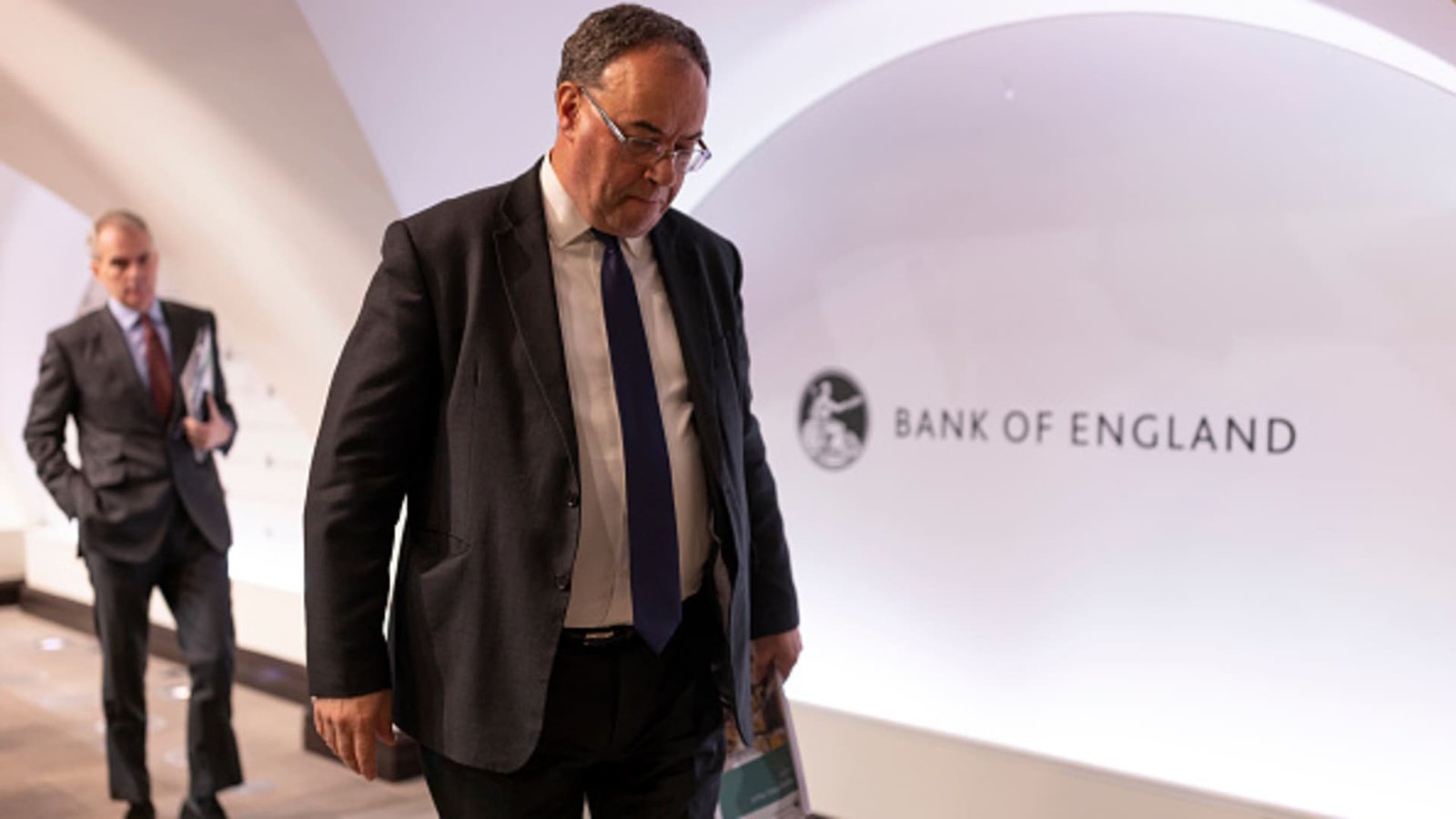


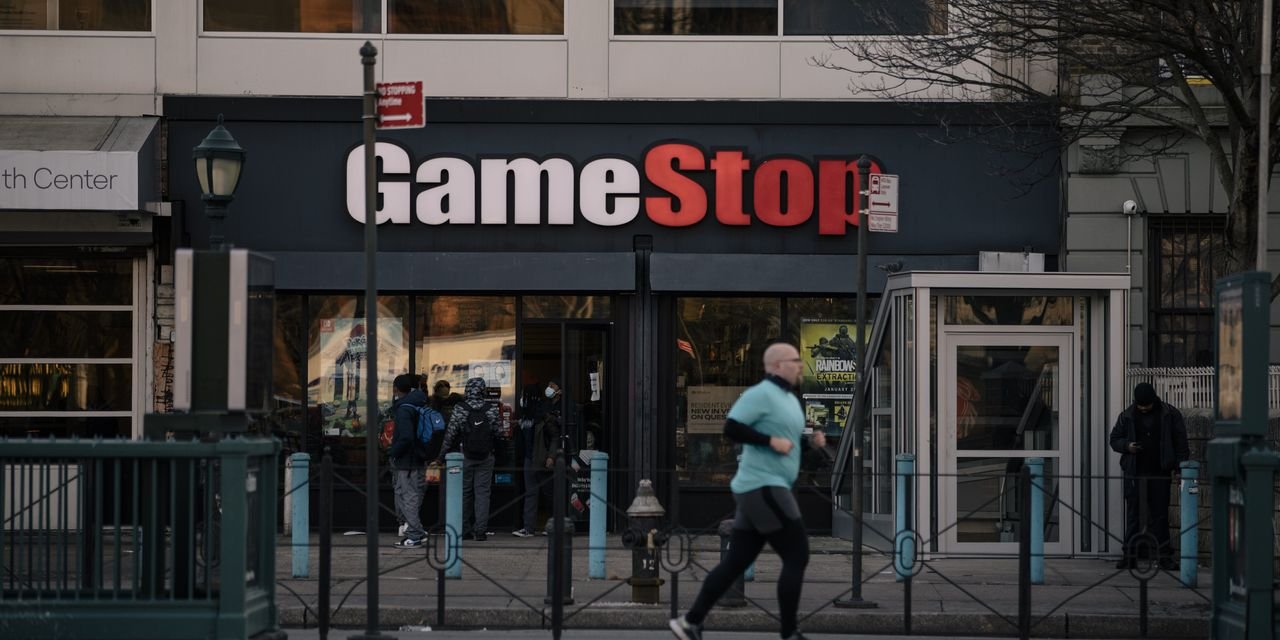













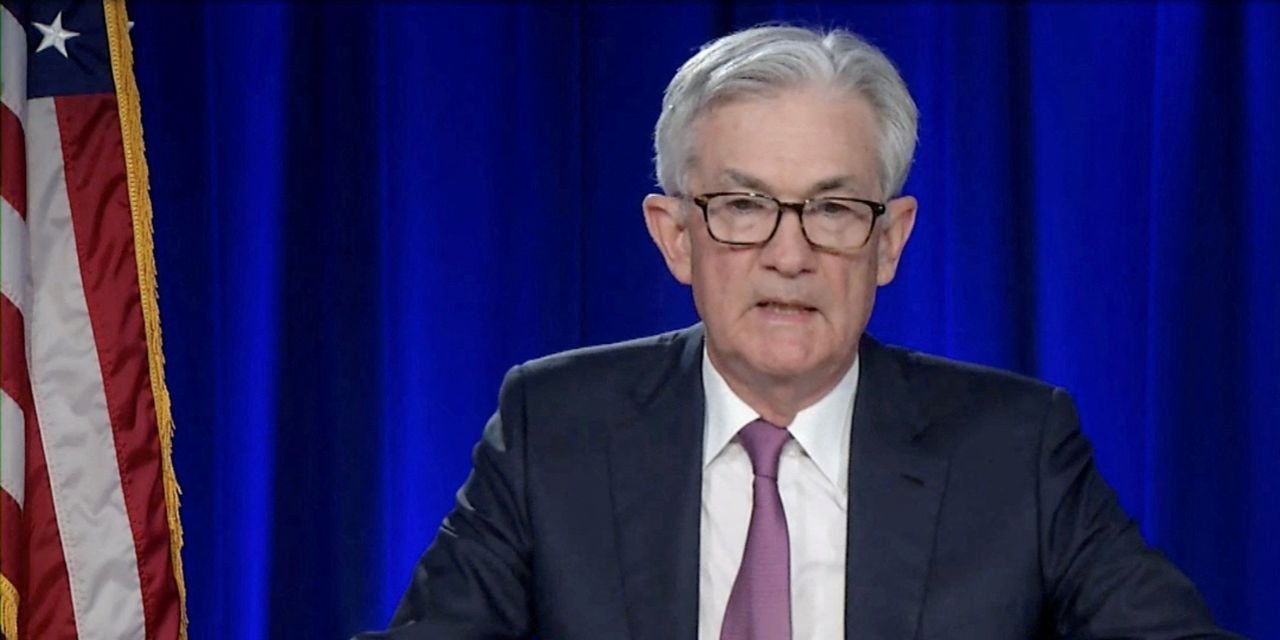














































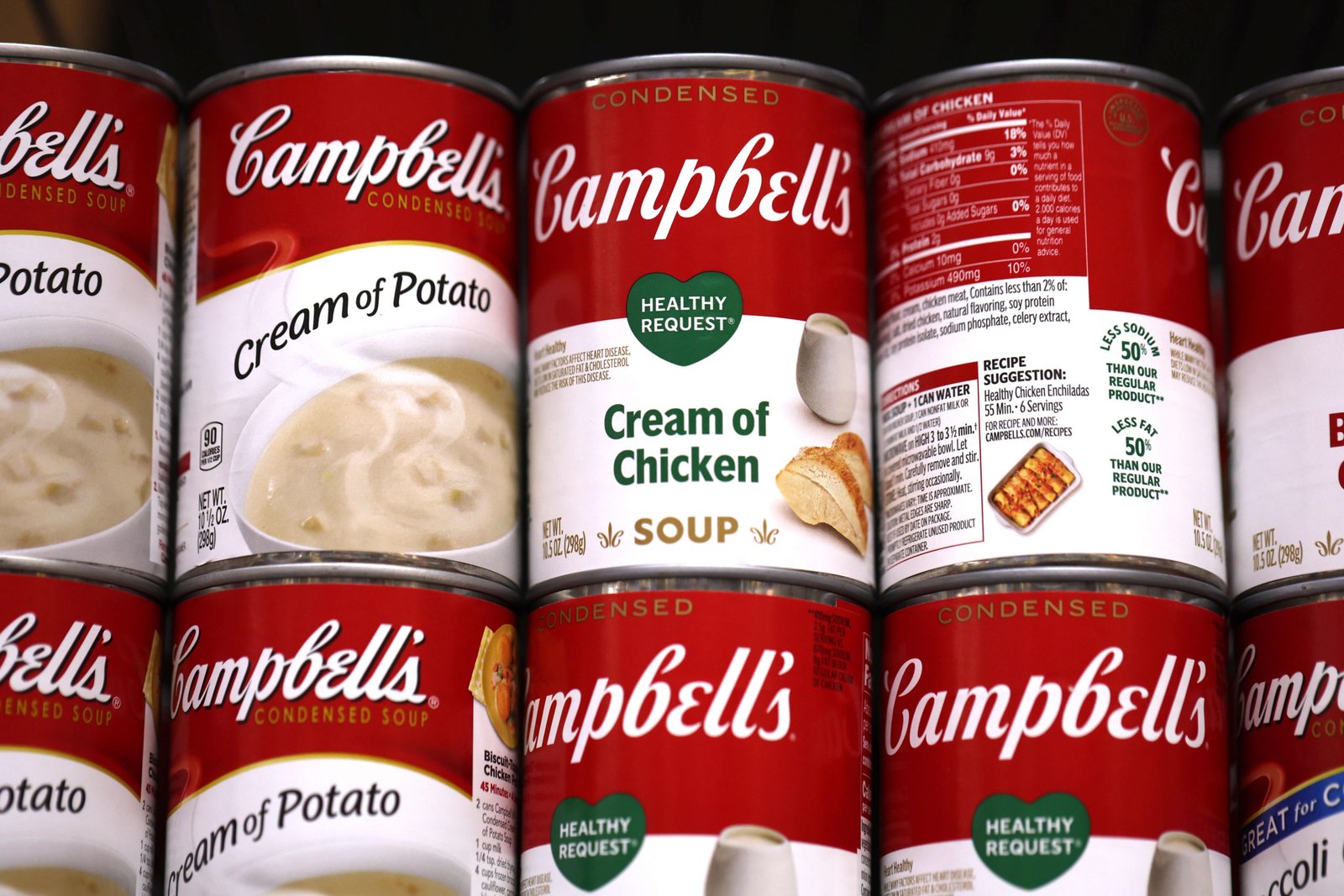


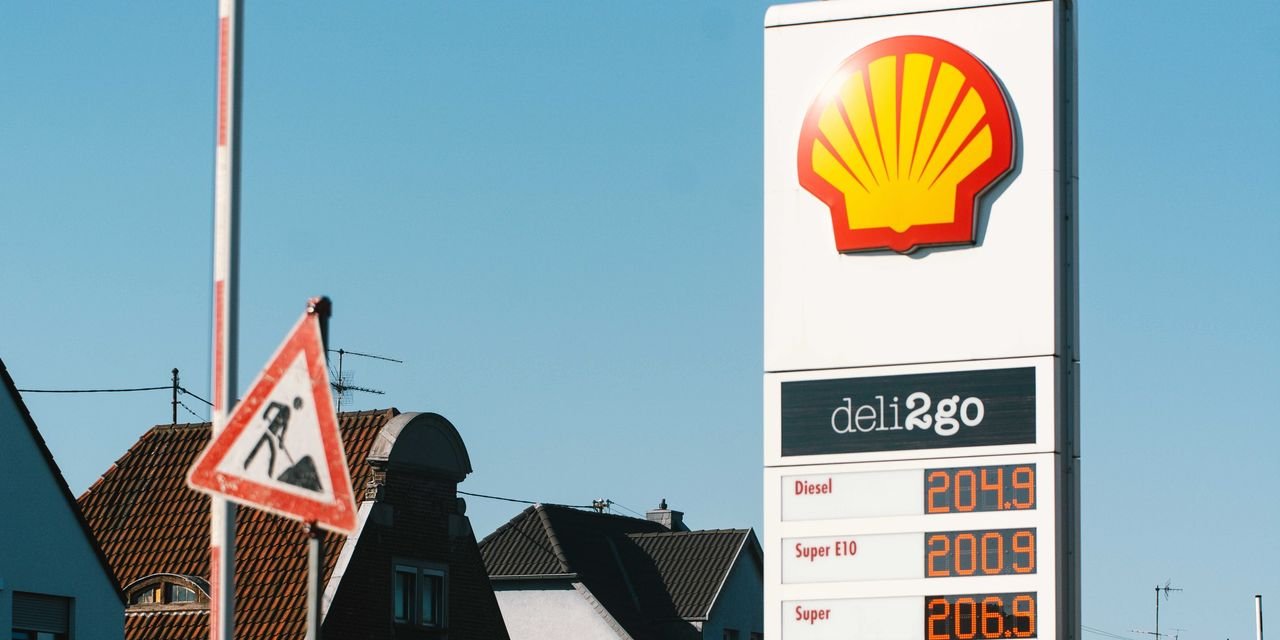


0